Collector Loan de Fonbrune at the opening of the exhibition Le Pho, Mai Trung Thu, Vu Cao Dam, Cernuschi Museum, November 2024. Photo: KIM POURNIN
Loan de Fontbrune, a French-Vietnamese, professional and renowned collector of Asian art, talks about that journey, when she returns to Vietnam at the end of 2024.
How did you start your journey of collecting and researching art?
Since I was a child, I have loved fine arts, ancient art, and reading books about the culture of countries like China. My family lived in Cho Lon at that time, and were the last French to leave Vietnam, and only left because they were forced to in 1979. My father was a very famous surgeon at that time, and my mother was a head nurse specializing in anesthesia.
When I left Vietnam, I was about 20 years old, teaching French to people who were preparing to return to France and was able to buy for myself two paintings by artist Tu Duyen and 5 or 6 other small paintings on ivory by Doi Ngoan Quan. Doi Ngoan Quan used to teach at the Saigon Fine Arts School, very famous for his technique of using Chinese ink to paint on small pieces of ivory, especially carving a whole poem in Chinese characters with his signature and seal on a grain of rice.
In France, I studied Chinese, Japanese, Vietnamese, and came into contact with historical culture. The more I loved it, the more I wanted to study it. In 1991, I married collector Yves Sicre de Fontbrune, owner of an art gallery in central Paris and the art magazine Cahiers d'Art. He was a famous gallerist, specializing in dealing in works by famous artists, including Picasso.
I learned a lot from him, traveling with my husband around the world , to museums, auction houses, galleries, and private collections... I delved into the research of Vietnamese fine arts while continuing to get degrees from schools such as the Academy of Fine Arts and Archaeology (at Sorbonne University), the Louvre School (at the Louvre Museum) and the Graduate Institute of Fine Arts.
I became an Asian art and culture historian afterwards.
Painting Picking Vegetables by famous painter Le Pho.
As I got more exposure and learned more, I started to pay more attention to Vietnamese products. I saw everyone talking about Chinese, Japanese, and Korean products, but no one talked about Vietnamese products. I myself wanted to know how to distinguish Vietnamese products from antiques and artifacts from other Asian countries.
Every time I go for a walk, go to a gallery, visit a flea market... and come across a Vietnamese item, I feel very happy, like meeting an old friend. I buy them because at that time they were cheap, the seller did not know much about their value. A teacup, a box or a piece of pottery, I consider it my memory. I research and learn to understand and distinguish Vietnamese items.
Luckily, my husband was very well-off at that time, and knowing my passion, he sponsored me, and he also studied. Gradually, he became very good at Vietnamese art, especially paintings. At that time, there were more antiques than paintings. After that, I saw paintings by Vietnamese artists and bought the ones that I thought were beautiful, because they were very cheap, even though I didn’t know the artist’s name, like the paintings by Dinh Minh. Most of the works I bought were in France.
I started collecting in the 1990s, when Vietnamese art was almost uncollectible, except for me. So anyone who had something would bring it to me to sell. I bought it out of love for what was close to my homeland. For example, Le Pho's oil paintings of flowers were auctioned at the weekend for about 3,000 francs.
I remember my husband said, why don’t you buy a Picasso print at this price? I replied that I wanted to buy a Vietnamese artist because no one knew about them and I liked to collect them. At that time, there were many paintings by many famous Vietnamese artists, sometimes put up for auction but no one paid attention.
Then I collected paintings, antiques, books, documents, I bought everything. After a while, I became more careful in my selection, only buying things that were very beautiful, very complete. I have a small museum in my house, displaying all Vietnamese things, such as books, paintings, antiques...
There are many works that are very charming, because I did not look for them, and even if I looked for them, I could not find them, but somehow they came to me. For example, the painting Len Dong by Nguyen Phan Chanh. My husband's friend invited him to the house of a person who wanted to sell old books. Entering the apartment, my husband saw the painting Len Dong. The owner said her husband bought her this painting from the colonial exhibition in 1931. I really love this painting because the image is so familiar, it was published in the magazine L'Illustration in 1932.
Another chance was the painting Teacher and Student by Pham Hau, made of silk, very rare, bought when my friend saw the painting hanging in an old lady's house. I only knew the painter Pham Hau through lacquer, so this is a very special painting.
I remember once seeing two very beautiful silk paintings by To Ngoc Van at auction. I told my husband that those two paintings were beautiful and rare, because To Ngoc Van often painted in oil. My husband gave me 200,000 francs, which was a lot at that time.
But I couldn’t buy any of them because the price was too high. I was very sorry but in the end I bought the silk painting “Picking Vegetables” by Le Pho, for 200,000 francs (laughs). I was very sad because I couldn’t buy the painting by To Ngoc Van depicting girls embroidering. Luckily, a few years later, the gallery that bought the painting agreed to sell it to my husband as a birthday present. So the painting returned to me after so many years. I was very touched.
I am a collector, not a gallerist, because I do not trade. Every time I sell, it is because of urgent matters, like after my husband passed away, I needed money to take care of the family. But I do not sell what I love and like.
I think that is the way to protect Vietnamese cultural heritage. When I find items associated with Vietnam abroad, it means I have a connection. For example, in France I bought a lot, I also had the opportunity to buy Vu Cao Dam's paintings at Christie's London, Hoi An ancient pottery auctioned in the US, and in Japan I found an ancient Chu Dau pottery item. For me, that is a way to preserve heritage.
When did you start thinking about preserving that heritage?
When I started collecting, it was like meeting an acquaintance on the street. But since I started researching, I realized that these are important artifacts from many centuries that have come to my hands. For example, ceramics are very fragile, but there are items from the Ly Dynasty that have survived to my time. My duty is to preserve and continue to share, so that my descendants and young people can continue to preserve them.
I am just a guardian of the present for future generations. Therefore, I am very willing to share with young collectors who want to come and learn.
How big is your collection?
I never count the number of works. I also don’t count the antiques, and the collection has gone through many house moves and I haven’t documented it yet. I occasionally go into the storage room to look at it, but I haven’t seen it all. Many works are so much fun to open, like the ivory carving I bought in 1979 and put away, but when I opened it later I was so happy to see it.
There are many rare items in my collection because I know what I buy. I specialize in ancient ceramics, and I am a member of the museum's ancient ceramics research group. Then I became interested in Indochina paintings and books.
I have wooden trays inlaid with mother-of-pearl that I have never seen before, perhaps I am the only one who has them, made during the Trinh Lords’ time, because we usually have things from the Nguyen Dynasty. Those are very strange and charming things to me. Therefore, I want to make a museum so that people will know about the preciousness of these items.
I am keeping my entire collection in France. One reason is that the climate in Vietnam is not good for preservation. I am very sad to see the way the works are preserved in Vietnam. I have met the later generations of great artists who wanted to sell their entire collections to me, but when I went to see them, I could not buy any of them because they were all damaged.
Many people buy very expensive paintings from abroad but when they bring them back to Vietnam they don’t know how to preserve them. Or some people buy old paintings but want to repaint them and add darker colors. For example, someone bought a silk painting by Le Pho and told me that he would repaint it to make the colors darker. I was so scared that I had to stop him from touching it.
With my collection, I want to make a private museum, both to display artifacts and to have a book store for researchers and students to come and consult. I don't have a place to do it yet.
The painting "Len Dong" by famous painter Nguyen Phan Chanh
What role does your research play in your collecting process?
Research is very important. We must study, not only focusing on learning about Vietnam but also expanding our knowledge of culture and art around the world. When Vietnamese artists came to France in the past, they went to museums everywhere. They met artists to gain a broader perspective.
The problem with Vietnamese people when studying art is that they rarely pay attention to contexts outside of Vietnam. It is important to have a broader perspective and to know about the culture and history of other countries.
Abroad, they are very diligent in researching and learning about other countries. Exhibitions are always full of people, many from other cities or provinces come to see. The exchange of ideas is very important.
Do you work much with Vietnamese collectors?
In the past, Vietnamese art collectors were rare. When I lived in Vietnam from 2000 to 2014, I met some old collectors. I came back here and bought paintings by artists from the Gia Dinh Fine Arts School, at that time, no one in Vietnam paid attention to them.
The Vietnam Museum also did not have pre-1975 painters from the Saigon Fine Arts School, so I bought many paintings, filling up the entire room, choosing very beautiful and cheap works.
Or on occasions like buying paintings to support charity activities during Tet like those of painters Nguyen Trung and Le Trieu Dien, I went shopping with my husband. At that time, I didn't know Le Trieu Dien or Nguyen Trung, but if I saw something beautiful, I bought it.
How to build a significant collection?
I don't hide what I know, because I love to share. Nearly 20 years ago, I remember a collector in Vietnam who happened to meet me on a plane. He asked me about my art collection. I said I bought paintings by Indochinese artists because the prices were so cheap and no one paid attention to them. So he gradually built up his collection.
Collecting depends on each person's financial ability, but first of all, buy what you find beautiful and like, along with that, you have to learn and research yourself, you should not buy according to the market or according to others. Start slowly. If you buy expensive things, you have to research carefully because there are many fake paintings nowadays. I think everything must be self-taught first.
I don’t often meet Vietnamese collectors, but when the market is still relatively new like in Vietnam, I have to learn by myself, because collecting is not an easy job. At first, I also bought the wrong antiques. But if I hadn’t bought the wrong ones, I wouldn’t have been able to improve or gain experience.
You always have to start and pay for mistakes. I see collectors in Vietnam are wasting money, buying expensive things but they are fake. Maybe because sometimes they don’t see real paintings, they are more familiar with fake paintings, so sometimes when they see real paintings they say they are fake.
Basically, you have to learn all your life. If anyone gives me advice, I'm very grateful. I'm a scientist , everything must have evidence, see the original documents.
What do you think about the situation of many Vietnamese works of art being counterfeited?
I don't know how. I just think buyers have to look. Whatever the purpose of buying, you have to research and learn for yourself.
Fake works are not good for the reputation of Vietnamese fine arts , as in the case of painter Bui Xuan Phai, it is very regrettable, because his works should have been as high as those of his contemporaries, but because there were too many fakes, they could not be sold.
I know the families of artists like Mai Trung Thu, Vu Cao Dam or Le Pho in France. They are very decent and respectful of their fathers and their fathers' legacy. They will not stand by if they see fake paintings of their fathers. Any act of disrespecting the older generation will greatly damage the reputation of the artist.
The only solution is for buyers to be careful to avoid buying fake paintings. To know if it is fake, you have to see the real thing. It is impossible for a talented artist to have a signature like that of a school kid. A real painting has soul, it moves you, a fake painting seems dull. Next, you have to study the colors, the signature, the words on the painting, the frame, the front and back. That is, if you pay attention, the possibility of buying the wrong thing is very small.
The positive thing about the current collecting environment is that there are many young collectors starting to participate. They are real collectors. They have little money but they like collecting, so they do research and then they improve themselves.
What is your view on the role of art in society?
For me, art plays a very important role. You must have passion, art helps make life more beautiful and brings people together well. Art is the common language of the world. Art is boundless. Art makes us reach for beauty, not just work all day and make money.
In 1991, Loan de Fontbrune was appointed by the Guimet National Museum - one of the largest Asian art museums in the world - to the position of curator of Southeast Asian antiquities. That process helped to complete the history of many precious and important artifacts of Vietnamese fine arts in this museum such as Blues de Hue porcelain, textile, wood, stone, metal objects, statues and religious objects...
She is an advisor to many museums in France and Europe such as the Paris Museum of Natural History, the National Museum of Ceramics of Sèvres, the Limoges Museum, the Royal Museum of Art and History of Belgium... She plays an important role in helping Vietnamese fine arts and fine arts become more widely known in Europe, and is the author of many valuable documents and research works on Vietnamese fine arts.
In 2002, the exhibition she advised was titled "Vietnam: art and culture, from past to present (Le Vietnam: art et culture, du passé au présent)" - the first exhibition of Vietnamese fine art in Belgium, displaying 450 artifacts from Vietnam and all over Europe. This exhibition contributed to the passing of the Law on Cultural Heritage in Vietnam because the exhibition borrowed several hundred very valuable artifacts from 13 museums in Vietnam.
+ In 2012, she was a guest curator for the exhibition "From the Red River to the Mekong - Visions of Vietnam (Du Fleuve Rouge au Mékong - Visions du Vietnam)" at the Cernuschi Museum, the first large-scale exhibition to comprehensively present the development history of Indochina fine arts.
+ In 2014, she was appointed by the French Overseas Academy as a correspondent member in the fieldsof education , literature, archaeology and fine arts. Previously, other names included King Khai Dinh, cultural figures Pham Quynh and Nguyen Tien Lang.
Source: https://cuoituan.tuoitre.vn/loan-de-fontbrune-nguoi-gin-giu-di-san-viet-nam-o-phap-20250123104010235.htm


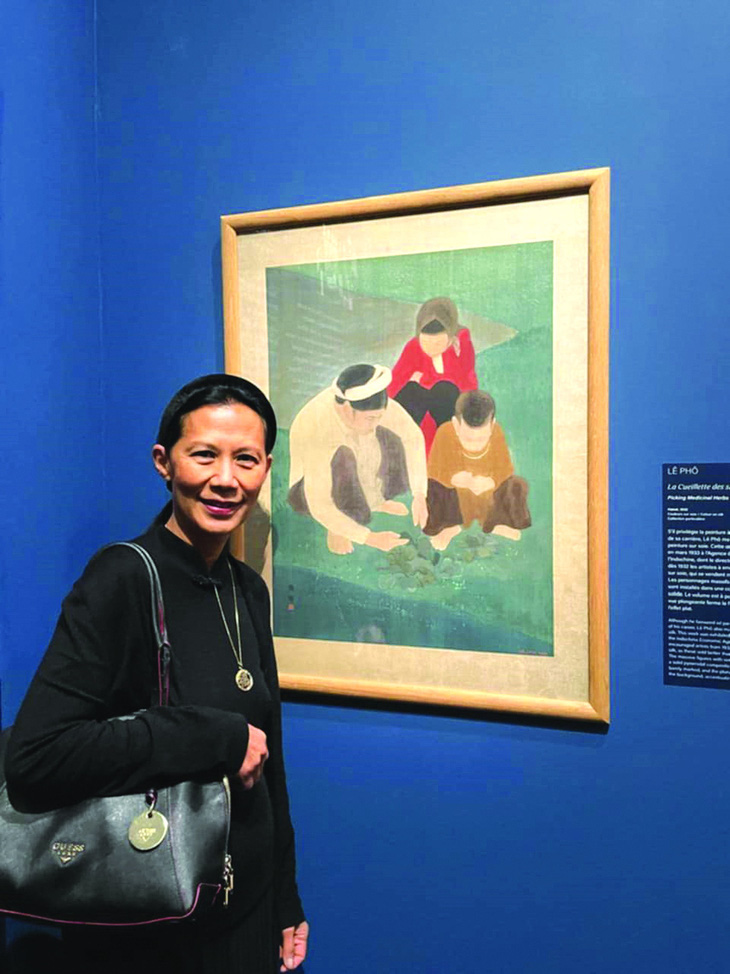
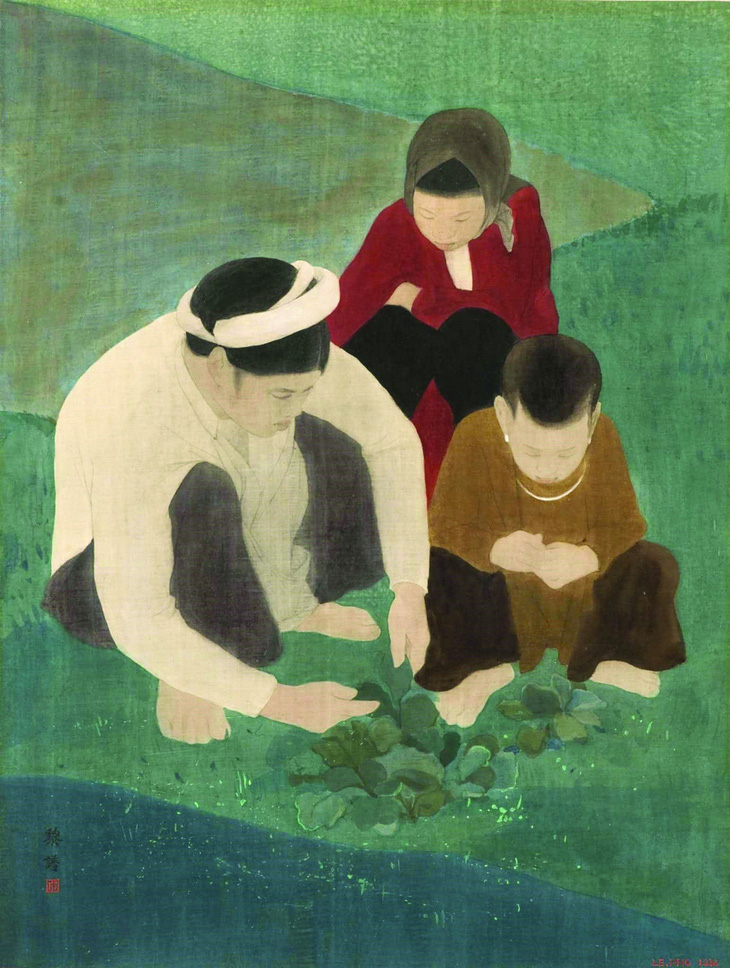
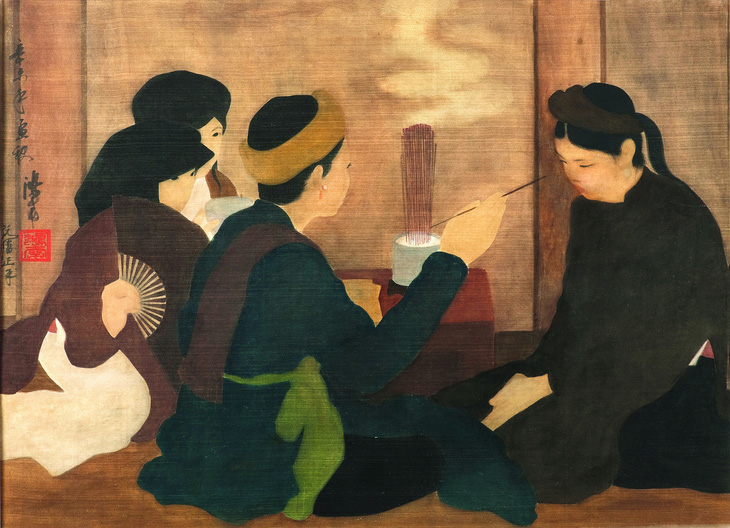
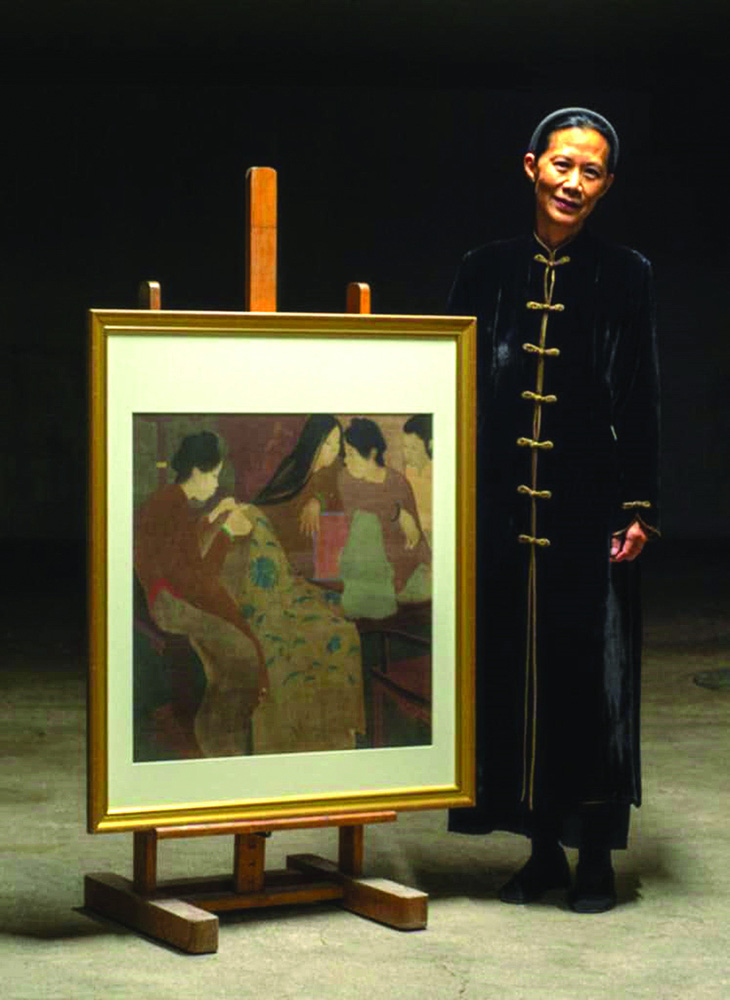

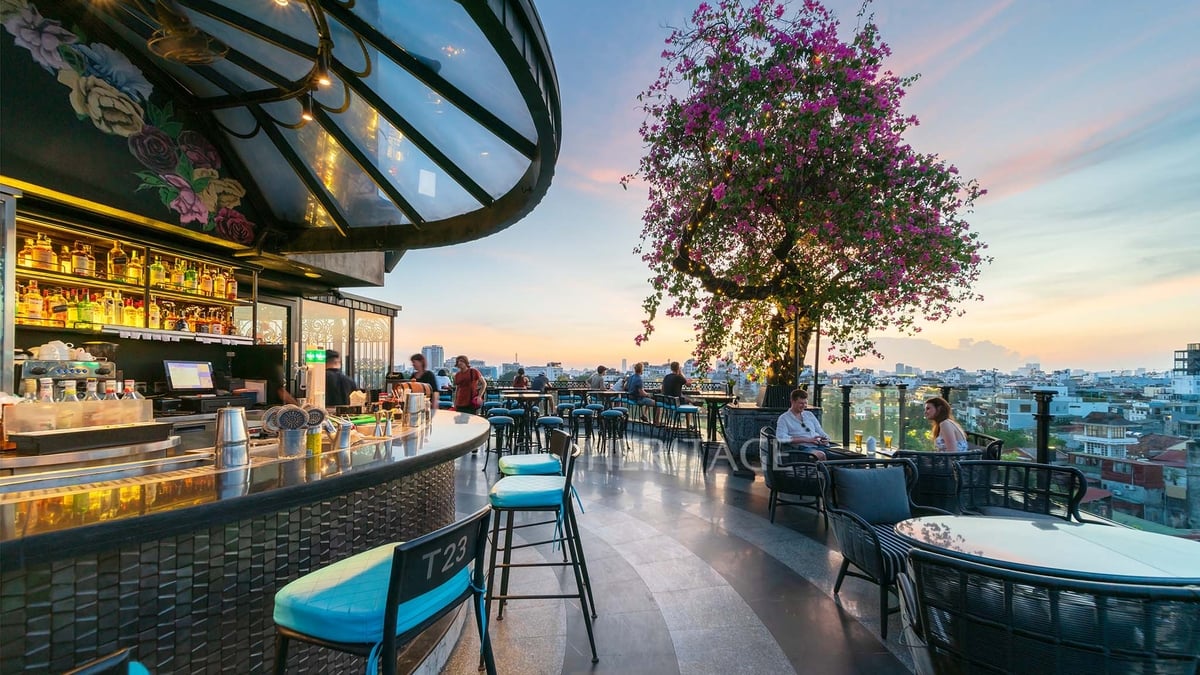

![[Photo] More than 17,000 candidates participate in the 2025 SPT Competency Assessment Test of Hanoi National University of Education](https://vphoto.vietnam.vn/thumb/1200x675/vietnam/resource/IMAGE/2025/5/17/e538d9a1636c407cbb211b314e6303fd)
![[Photo] Prime Minister Pham Minh Chinh chairs meeting on science and technology development](https://vphoto.vietnam.vn/thumb/1200x675/vietnam/resource/IMAGE/2025/5/17/ae80dd74c384439789b12013c738a045)
![[Photo] Readers line up to visit the photo exhibition and receive a special publication commemorating the 135th birthday of President Ho Chi Minh at Nhan Dan Newspaper](https://vphoto.vietnam.vn/thumb/1200x675/vietnam/resource/IMAGE/2025/5/17/85b3197fc6bd43e6a9ee4db15101005b)




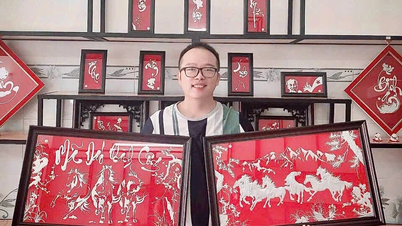



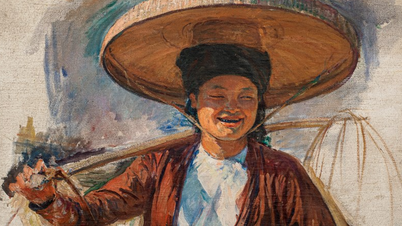
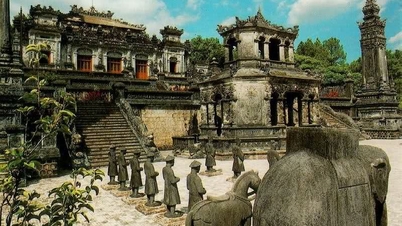





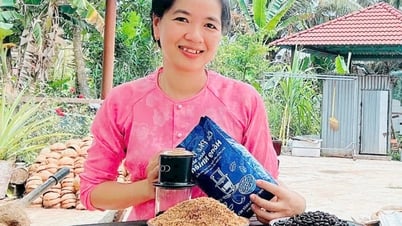



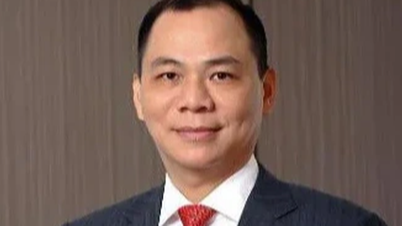




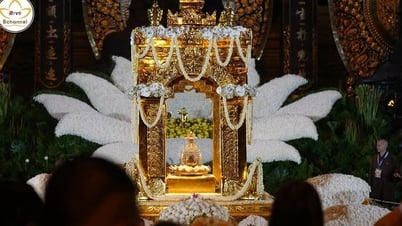



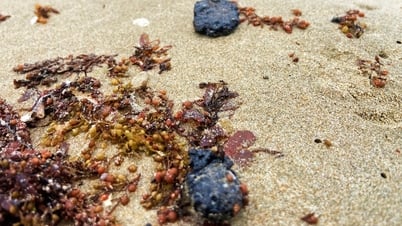

![[Photo] Nearly 3,000 students moved by stories about soldiers](https://vphoto.vietnam.vn/thumb/1200x675/vietnam/resource/IMAGE/2025/5/17/21da57c8241e42438b423eaa37215e0e)
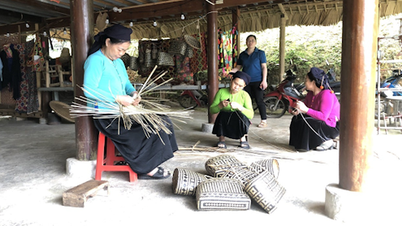


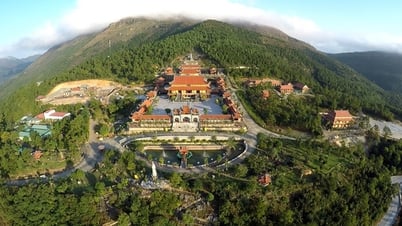



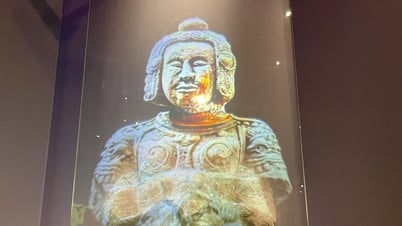





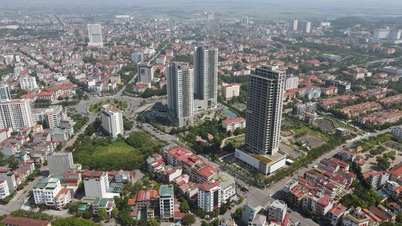
















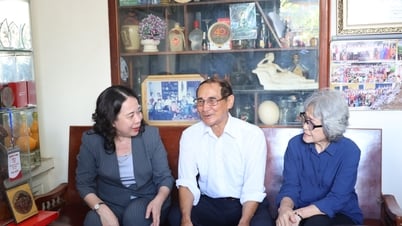

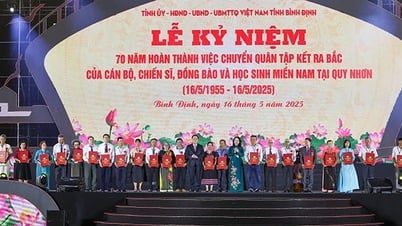







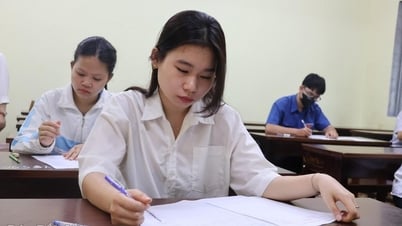


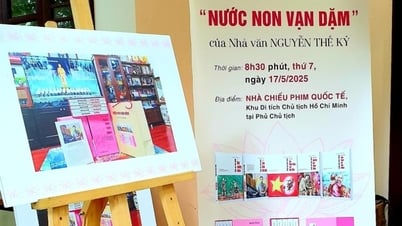

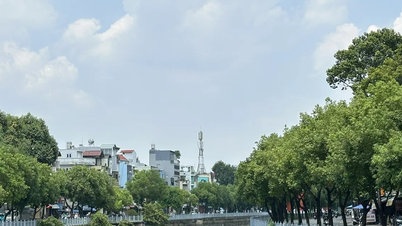


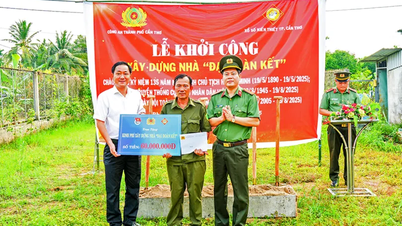












Comment (0)